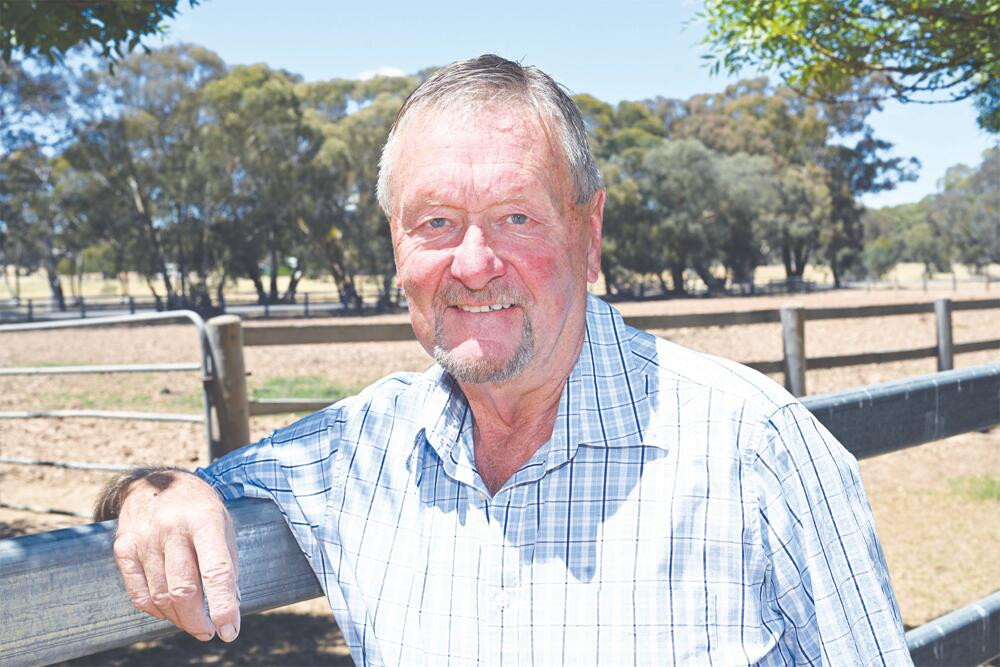General News
16 June, 2024
Shire faces $35 million shortfall
ROADS across the Loddon Shire will deteriorate over the next decade without better funding for local government. The shire has told a Federal Parliament inquiry that it faces a $35 million gap between available cash and asset renewal needs. Mayor...

ROADS across the Loddon Shire will deteriorate over the next decade without better funding for local government.
The shire has told a Federal Parliament inquiry that it faces a $35 million gap between available cash and asset renewal needs.
Mayor Gavan Holt said: “Council is critically reliant upon financial assistance grants to remain sustainable, with these grants making up around one-third of council’s budget.
“When introduced in 1974, these grants were the equivalent of one per cent of federal taxation; however, in recent decades this amount has been reduced to just below 0.5 per cent.”
Assistance grants to Loddon Shire this financial have been $10.5 million.
Cr Holt has written to the inquiry on local government sustainability saying: “If these grants were no longer available, significant service reductions and our investment in roads and other assets would decline significantly, making it challenging to maintain our staffing headcount.”
Loddon’s road network is more than 4700km.
“Local roads grant allocations are based on road lengths, traffic volumes and local characteristics (climate, freight and sub-grades). Loddon’s $4.5 million grant is 16.9 per cent of its relative need,” said Cr Holt.
“State Government funding is typically provided for once-off programs and projects. These funding streams are highly subject to annual change meaning it is difficult to plan for the long term. Examples include capital grants for sporting infrastructure. Operational grants are also provided for services such as libraries.
“However, these once dollar for dollar funded services have generally shifted with Councils meeting the majority of costs.
“Reduced federal funding, cost shifting from other levels of government, increased expectations upon council and inflation outpacing income growth all lead to a challenging financial outlook for local government.
“If the current funding model is not changed, local governments across Victoria will be forced to reduce services and infrastructure further.”
Loddon Shire has told the inquiry it wants financial assistance grants back to one per cent of federal taxation., financial assistance grants and national principles for allocation and development of a nationally consistent local government cost index to assist in setting a fair and equitable rate cap.
“Council currently provides core services essential to our community. While there is a community desire for Council to grow and expand our service footprint, financial constraints limit our capacity to do so, due to the limited revenue and cost of services across a large, dispersed area.
“Further limiting council’s financial capacity to expand services is the impact of severe weather events. There is a fair expectation that council builds back better after natural disasters. After recent flood events, council has invested significantly in building climate resilient infrastructure to reduce cost and impact of future events. This growing asset has impacted on the volume of council’s asset renewal program, with individual projects being of a higher upfront financial value.
“Due to financial imbalance, there is a growing divide between rural and metropolitan council service offerings. Rural councils face growing community expectations regarding the services they offer, focusing on traditional core services and asset renewal while metropolitan councils provide a wider range of services and address growth pressures.”
Cr Holt said staff recruitment and retention was a further challenge to sustainability of local councils.
“Council is currently facing significant challenges in attracting and retaining a skilled workforce, particularly in key professions such as engineers, building surveyors and environmental health officers. The proportion of local governments expecting shortages in these occupational areas has increased from ... to 37 to 53 per cent in 2022.
“The most common factors contributing to these shortages include a lack of suitably skilled candidates, an inability to compete with the private sector and other local governments remuneration and locational disadvantages,” Cr Holt said in council’s submission to the inquiry.